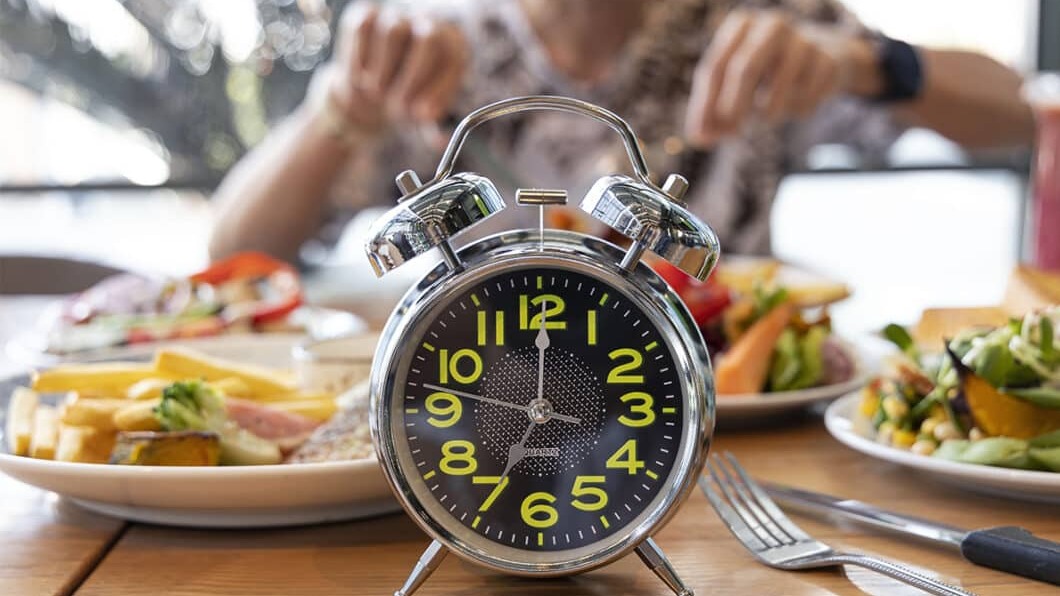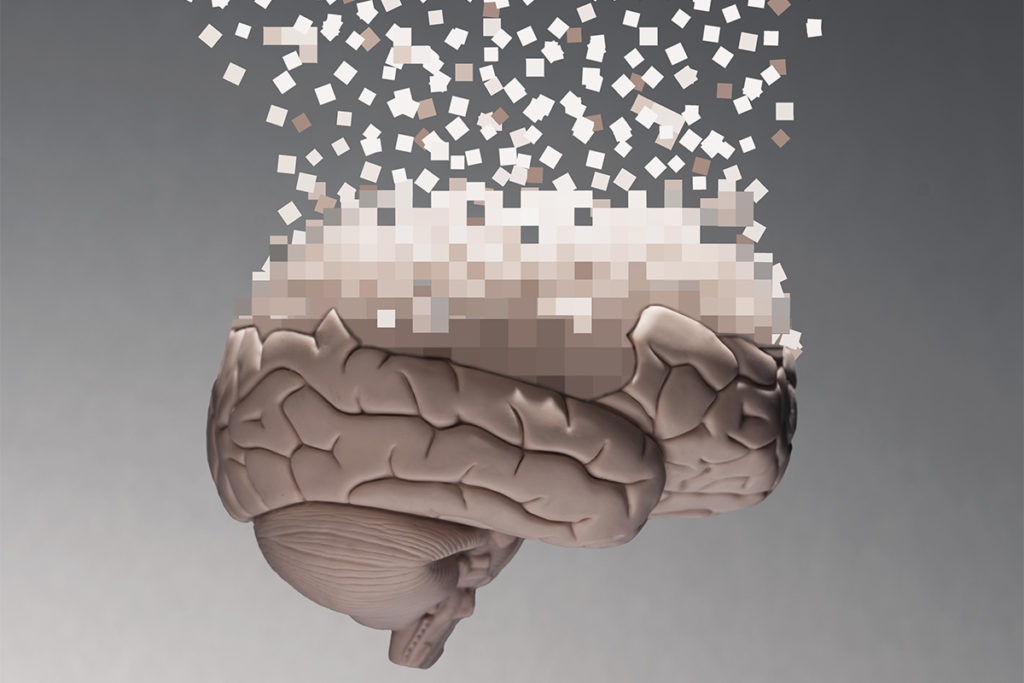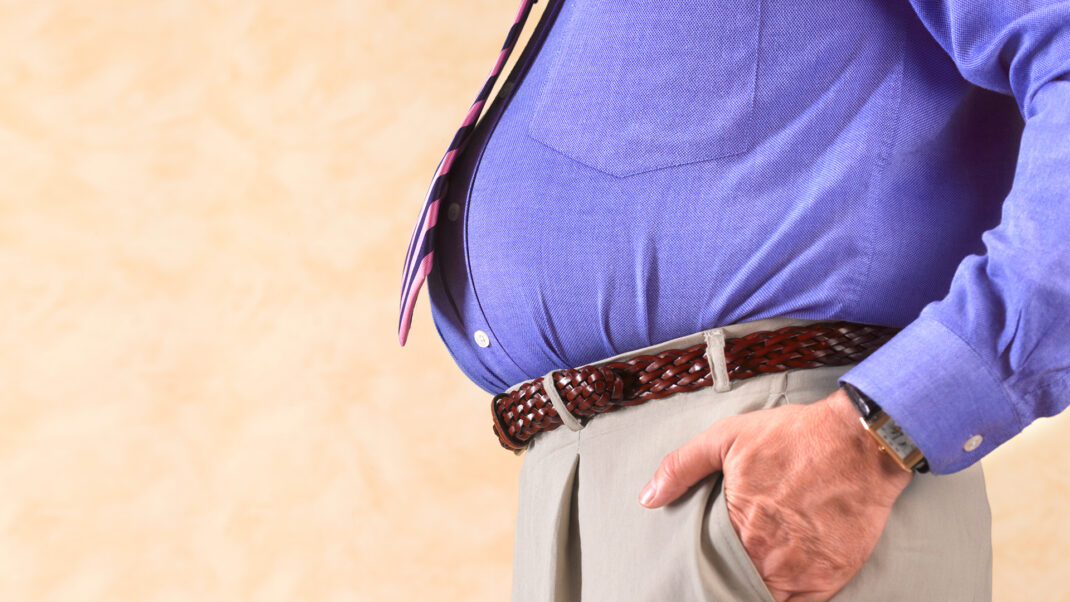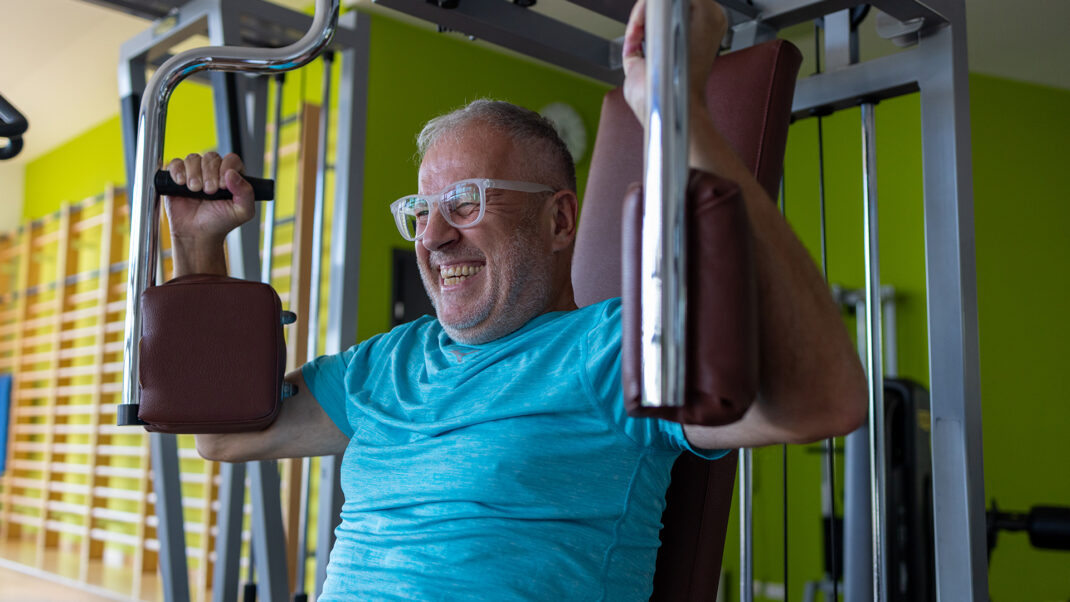Physiology Refresher
When was the last time you brushed up on a few basics about the human body?
You can probably remember studying for
your certification exam: What is the difference between a strain and a sprain?
a tendon and a ligament? an artery and a vein? the sympathetic and the
parasympathetic nervous systems? After the exam was over, you probably used or
heard these words yet forgot the exact medical definitions, the precise
functions or even the distinctions between one term and another. This
physiology review will revisit terms commonly used by your healthcare referral
sources and even your clients. If you maintain familiarity with this
vocabulary, you will feel more confident and effective while working with
postrehab and medical fitness clientele or just answering everyday questions.
Respiratory and Circulatory Systems
The respiratory system is composed of the
oral and nasal cavities, the lungs and the series of tubes leading to the
lungs. In addition to providing oxygen and eliminating carbon dioxide, this
system defends the body against microbes, toxic chemicals and other foreign
matter. The respiratory system works with the circulatory system to oxygenate
the blood and prepare it for transport to the tissues of the body (Widmaier,
Raff & Strang 2006).
The circulatory system is made up of the heart, blood vessels and
blood itself. Arteries
are thick-walled large muscular blood vessels that carry
blood away from the
heart and distribute it to the body, while veins are thin-walled
blood vessels that carry blood from the body back toward the heart. The smaller blood vessels that
branch off from arteries are called arterioles. Veins often
contain valves to help prevent backflow and facilitate the return of blood
against gravity. The coronary arteries also carry blood away from the heart,
but only as far as the exterior of it, where they supply the heart muscle
(myocardium) (Beasley 2003). Circulation is the movement of blood from the
heart to the body and then back to the heart. Blood pumps out of the heart
through its left ventricle and enters the aorta, the largest
artery found in the body. The aorta acts as the blood’s exit route from the
heart, and arteries branch off the aorta to take blood throughout the body. The
arterial system carries oxygenated
blood to the body. Arterioles then transport oxygen-rich blood into the capillaries,
the thinnest blood vessels in the body. Capillaries allow for the exchange of
nutrients, oxygen and waste products between the blood and the body’s tissues.
The smallest veins, the venules, receive this now deoxygenated blood for
transport back to the heart via the venous system (Beasley 2003).
The deoxygenated blood returns to the heart’s right atrium,
passes into the right ventricle and enters the lungs through the pulmonary
artery. The blood is then oxygenated in the lungs and carried back through the
pulmonary veins to the heart’s left atrium before continuing on to the left
ventricle (Beasley 2003).
Blood flow between any two points in the circulatory system is
directly proportional to the pressure difference between those two points, but
inversely proportional to the resistance to flow [flow = change in
pressure/resistance]. Additionally, the resistance to flow is directly
proportional to the viscosity (thickness) of the blood times the length of the
tube (artery or vein), but inversely proportional to the fourth power of the
tube’s radius [resistance to flow = viscosity x length of vessel / vessel’s
radius4].
So if the pressure difference between two points is high and yet
the resistance to flow is low, the vessel will have a high flow rate. At rest,
the abdominal organs receive the highest percentage of blood flow, yet during
exercise the largest amount of blood flow is delivered to the skeletal muscles
(Widmaier, Raff & Strang 2006). At rest there is less blood flow to the
skin than there is during exercise. When we exercise, more blood flows to our
skin to help us dissipate heat; more blood also flows to the heart for the
additional work it performs in increasing its cardiac output.
Cardiac
output is the amount of blood pumped out of the left
ventricle in 1 minute and is a product of stroke volume (volume of blood pumped
per contraction) and heart rate (number of contractions per minute). A normal
cardiac output value is approximately 5 liters per minute. Blood pressure is a
product of cardiac output and peripheral vascular resistance
(PVR). PVR is the degree of opposition to blood flow in the arterioles.
Vasoconstriction or vasodilation determines PVR (Beasley 2003).
Musculoskeletal System
There are three different types of
muscle—skeletal, smooth and cardiac. Skeletal muscle
attaches to bones; it produces movement and supports our skeletal system. Smooth
muscle lines body cavities and vessels. The heart is composed
of cardiac
muscle.
This review will focus on skeletal muscle, which has a repeating,
striated pattern owing to its thick and thin filaments. Skeletal muscle is
attached to bone by tendons.
The skeletal muscle may assist
in providing stability to a joint, but other soft-tissue structures (including
ligaments, the joint capsule and the congruency of the bones) contribute to
joint stability. Ligaments
attach bone to bone, supplying stability at rest and during
motion by creating an active and passive soft-tissue restraint (Brotzman &
Wilk 2003).
Skeletal muscles are often called “voluntary” because we usually
control them voluntarily, the exception being reflexes. A skeletal muscle fiber
can produce four different types of contraction (development of muscle
tension): isometric, isotonic, isokinetic and eccentric. An isometric contraction
generates tension, but no movement occurs at the joint. An isotonic contraction
occurs when the muscle shortens and movement is produced at a constant tension.
An isokinetic
contraction generates tension at a fixed speed of
contraction. And an
eccentric contraction occurs when the muscle lengthens during
a contraction (Widmaier, Raff & Strang 2006). (“Eccentric contraction” is
not a contradiction in terms—the lowering phase of a push-up is an example of
this type of contraction.)
Most skeletal muscles have two attachment points: origin and
insertion. Since some muscles may act in both directions, it is sometimes
easier to refer to proximal
and distal attachments
instead of origin and insertion. For example, the proximal attachment of the
hamstrings muscle is on the ischial tuberosity (pelvis), and there are three
distal attachment sites: the medial and posterior tibia and the lateral fibula
(Moore 1992).
The Nervous System
The nervous system is made up of two
components: the central
nervous system (CNS) and the peripheral nervous system (PNS). The
CNS consists of the brain and spinal cord, while the PNS is composed of the
nerves that connect the CNS to muscles, glands and sensory organs. The PNS
consists of 43 paired nerves that mostly contain the axons (nerve fibers) of both
efferent and afferent neurons—meaning they relay and receive information to and
from the periphery. Incoming and outgoing neural signals (information) are
integrated and organized by the CNS (Widmaier, Raff & Strang 2006).
The basic unit of the entire nervous system is the nerve cell,
known as a neuron.
Nerve cells can be broken down into three classes based on
their function: afferent
neurons, which convey information from the periphery
(tissues/organs/muscles) into the CNS; efferent neurons, which
convey information from the CNS to the periphery; and
interneurons, which connect neurons within the CNS itself.
The efferent division of the PNS can be further broken down into
the somatic and autonomic nervous systems. Although the somatic and autonomic
divisions are called “nervous systems,” they are just components of the efferent division of the PNS.
The somatic
nervous system comprises the nerves traveling from the CNS to
skeletal muscle. Activity of the somatic neurons within the brain stem and
spinal cord leads to contraction of the skeletal muscle that it innervates
(supplies with nerves). Damage to this pathway may result in reduction or
elimination of the muscle’s ability to produce a contraction. The autonomic
nervous system innervates heart and smooth muscles, our
gastrointestinal system and other glands. You may remember the parasympathetic
“flight” and sympathetic “fight” responses. The fight-or-flight mechanism is a
function of the autonomic nervous system (Widmaier, Raff & Strang 2006).
Effects of sympathetic stimulation include increases in heart
rate, constriction of skin vessels, dilation of the bronchi of the lungs and
inhibition of gastric juices for digestion. Conversely, reduction in the
strength of a contraction of the heart, constriction of the bronchi and
stimulation of digestive juices result from parasympathetic stimulation (Moore
1992).
As our population continues to live longer and the Baby Boomers
advance in age, fitness professionals will be inundated with clients suffering
from chronic conditions, heart disease, orthopedic concerns and
postrehabilitation problems. Having a working knowledge of the physiology of
the major systems of the body will enable us to serve our clients’ best
interests and feel comfortable designing exercise programs for a diverse
population.
SIDEBAR: Clinical Notes: Respiratory and Circulation
Systems
- Inadequate
blood flow, and therefore lack of oxygen supply, to the myocardium owing to an
occlusion of a coronary artery may cause a myocardial infarct (MI), also known
as a heart attack. A coronary bypass surgical procedure uses a coronary bypass
graft to shunt blood to an area of the myocardium affected by the occlusion to
increase flow. Essentially this procedure creates a detour so that blood can reach the compromised area of the
heart (Moore 1992). - Since
the arteries carry blood away from the heart, they transport oxygenated blood.
There is one exception, however: the pulmonary arteries carry deoxygenated
blood from the right ventricle to the lungs. Similarly, while veins usually
function to transport deoxygenated blood, the pulmonary veins carry oxygenated
blood from the lungs to the left atrium. - During
exercise, cardiac output may increase from the typical resting value of 5
liters per minute to as high as 35 liters per minute in a trained athlete. The
majority of the increase in cardiac output is directed to the exercising
muscles. The increase in cardiac output is due to a large increase in heart
rate and only a small increase in stroke volume [cardiac output = heart rate x
stroke volume]. Training, however, can increase a person’s maximal oxygen
consumption by increasing maximal stroke volume and therefore cardiac output
(Widmaier, Raff & Strang 2006). - Inadequate
cardiac output may be indicated by any combination of the following signs and
symptoms: shortness of breath, dizziness, decreased blood pressure, chest pain
and cool, clammy skin (Beasley 2003).
SIDEBAR: Clinical Notes: Musculoskeletal System
- Hamstrings
injuries are common in athletes who perform quick starts, run hard or run
quickly with great force. The intense muscular exertion required to perform
these activities may result in a tear or avulsion (in which a bone fragment
tears away with the tendon) of part of the proximal tendinous attachment (Moore
1992). - The
terms sprain and strain are often used interchangeably, but each refers to a
distinct condition. A sprain refers to the excessive stretch of a
ligament and may or may not include tearing of the ligamentous tissue. A strain occurs when a muscle or tendon that attaches to
bone is overstretched or torn (Brotzman & Wilk 2003).
SIDEBAR: Clinical Notes: Nervous System
- When
neurons in the brain are deprived of their blood supply, and thus do not
receive oxygen or nutrients, they can die. Neuronal death, which results in a
stroke, can occur after only a few minutes without oxygen (Widmaier, Raff &
Strang 2006). - Diabetes
can cause degeneration of peripheral neurons, meaning people who are diabetic
might not receive and relay sensory information as efficiently as those who are
not (Widmaier, Raff & Strang 2006).
Catherine Logan,
MSPT, is a licensed physical therapist, a personal trainer and a Pilates
instructor. She is a clinical specialist for Myomo Inc., a NeuroRobotics™
company based in Boston. She also continues to teach Pilates at Life Time
Fitness. You can contact her at Catherine@fittoflawless.com.
References
Beasley, B. 2003. Understanding EKGs: A Practical
Approach. Upper Saddle River, NJ: Prentice Hall.
Brotzman, S., & Wilk, K.
2003. Clinical Orthopaedic
Rehabilitation (2nd ed.) Philadelphia: Mosby.
Moore, K. 1992. Clinically Oriented Anatomy
(3rd ed.). Baltimore: Williams & Wilkins.
Widmaier, E., Raff, H., &
Strang, K. 2006. Vander’s Human
Physiology: The Mechanism of Body Function (10th ed.). Boston:
McGraw Hill Higher Education.





